War never changes. War is eternal. It drives the world. It fuels the Human soul. Stir the fires of war to drive back the darkness!— Chant of the Atzlani
"To underline the importance of this report, I hereby invoke the Scarum Entarum Imperialis. Anyone reading this document without proper authorization by the Emperor will forfeit their life."
"While travelling among the Cozamatli, I have come across a certain faith that is most intriguing in its composition and practice. It may seem strange that I would dedicate a full report to such a seemingly trivial matter. But I believe that this will be of great interest to the Empire in more ways than one."
The Way of War
"Of all the Cozamatli tribes, the Ibunaki were the most bewildering. Not because of their ways, no, precisely the opposite was the case. They were familiar, too familiar for a people so disconnected from the Known World. When they spoke I could hear what seemed like Rhomeian, although in an archaic way. Symbols on armour and buildings, gestures and greetings, it all seemed to possess a distinctly familiar touch. It became clear why when I was led to the temple of their god."
"When the Ibunaki were still new to Inferra, they came under assault from a coalition of Teluani armies. Driven to near destruction, their remnants sought shelter in an old temple. There, the goddess Atzla appeared to them and gave her blessing in turn for worship. Granted a drum that spew forth lethal sound and a dozen blades of starborn fire, the Ibunaki wrought havoc among their enemies. And have remained zealous followers of Atzla ever since."
Twin-Goddess
"It was within this temple that I came across a grand double mosaic of the goddess. And it is here that I gained insight into the true nature of Atzla:
Daughter of the Sun
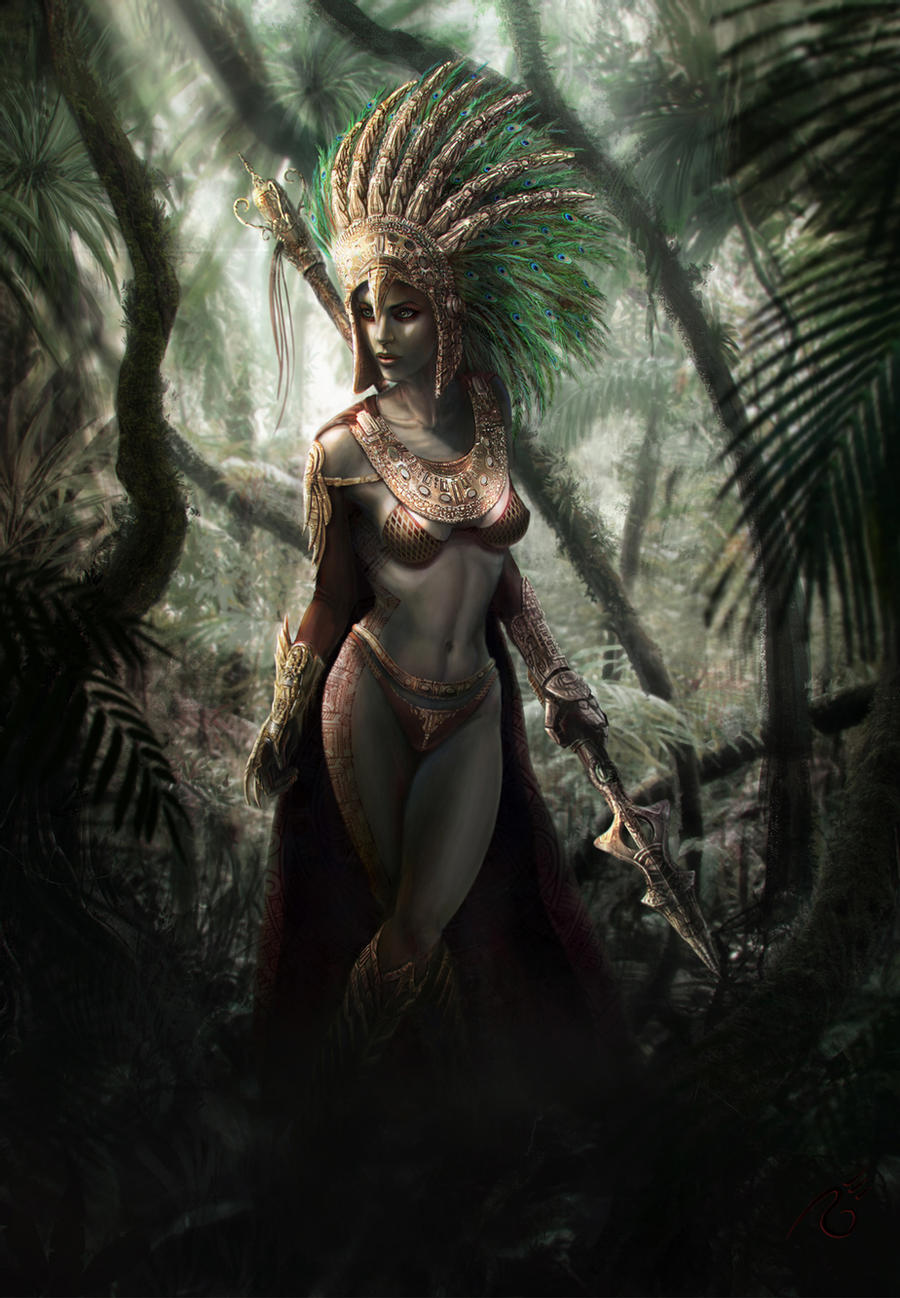
"Atzla is not one, but two goddesses. By day she shows one face, by night another. They form one whole, yet act drastically different and at times independent from one another. Atzla literally means war in the Ibunaki tongue, taken from the name of the old Teluani city of Atzlan probably, as its ruins dot the land where the Ibunaki dwell."
"One half is a Teluani woman, tall and well proportioned, adorned by a crown of feathers and wielding a spear made from hardened bronze. Her face, while beautiful, was stern, her eyes aflame with power and the lust of battle. She is the Atzla of the Day, the embodiment of aggression, power, strength and honour."
"Her way of war is that of the frontal assault and melee combat, the last stand, the power of numbers and valour. It is also the way that treats enemy captives with consideration, sees entire wars ended by a single duel and prefers surrender over annihilation. Sacrifices to her come in the form of weapons and shields, often touched by the blood of an enemy that fought bravely. These items are then burned either at dawn or when the sun reaches its zenith and are followed by a series of ritualistic war chants."
Daughter of the Moon
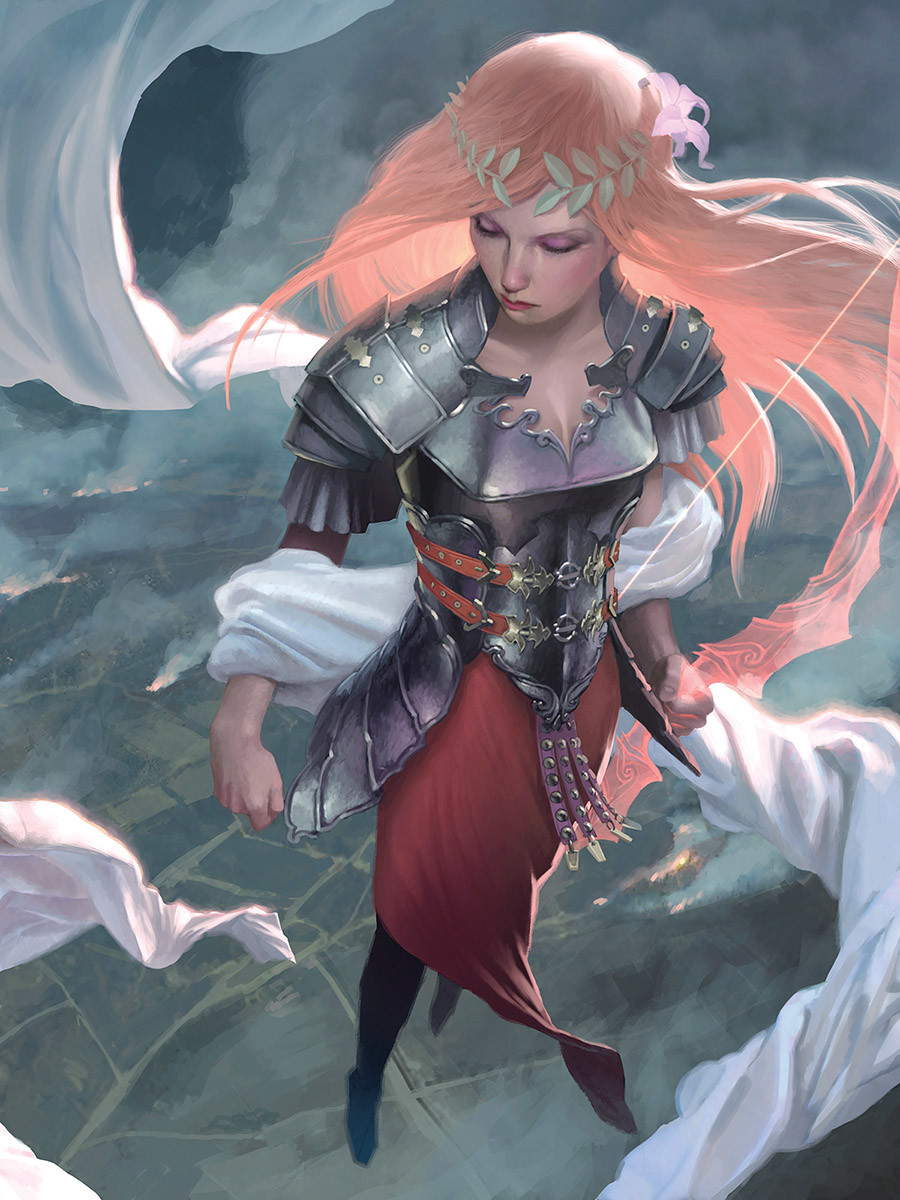
"The other is nothing short of an embodiment of the Eternal Empire itself. Tall, the very epitome of Rhomeian beauty, with long blond hair and clad in steel armour in the old imperial style, adorned with numerous symbols still used at home. This was without a doubt Rhomeia Nikitae, our city's patron goddess and avatar of war."
"The Ibunaki call her Daughter of the Moon. To them, she is the embodiment of patience, wisdom and viciousness. Her way of war is that of the feint, of ambushes and scorched earth. Any means by which victory could be achieved are endorsed by her. Mercy or honour are foreign concepts for the night is cold and uncaring of human life."
"Her rituals are the same as that of the Sun Daughter, with one major exception. If a leader who is fully devoted to her achieves great victory, they will be honoured by what I can only describe as a triumph. Now some might say that such a ritual can easily develop in other realms, but with the exact rituals, symbols and phrases?"
Rhomeian Origins
"My curiosity peaked beyond the usual, I acted for the first and only time against the wishes of my host and sneaked off to explore the temple. Thankfully the guard was lax as an aforementioned triumph had just taken place. These are my discoveries:
Ancient Ruin
"The mosaic of the Twin-Goddess is of mixed origin, the one depicting Rhomeia Nikitae seemingly older and more worn. In a far off corner of the building, I found an old staircase that led me down into a vast set of catacombs, entirely built in the Rhomean style. An entire city would find room down there and it seems to be the recluse of the Ibunaki, an easily defensible sanctuary."
Artefacts of Power
" I also took the time to inspect the holy weapons of this tribe, displayed in the chamber of their King as they are. Swords and spears of the most extraordinary quality, still sharp after centuries. Each displays symbols that seem eerily similar to those shown on the arms of the Emperor and Imperial High Command. Sadly I could not find the mystical "drum" Ibunaki legend mentions."
"All this and much more I have found and it has led me to only one conclusion. The "temple" of the Ibunaki is in fact nothing but the remnant of an ancient bunker system, built by our ancestors at the height of the Age of Wrath. It all fits together. The "magical" weapons, the rituals, gestures, words and symbols that seem so utterly familiar and lastly the face of the goddess. Long ago, the Ibunaki sheltered here, survived battle thanks to the ancient weapons and have since revered this place, slowly taking in elements of Rhomeian culture."
You will understand how important this is! Down in the ruins, there could hide even more artefacts from when our people were at their height. Weapons so powerful they could turn the tide of history. Knowledge and wisdom that could propel us leaps and bound beyond our current position. We must establish permanent contact with these people! Cherish them as friends and brothers if we must! The potential gain is unimaginable compared to what we would have to offer."
There is more at stake here than an ally or enemy. This is about a part of our very own history. A part of our very own soul!— Primarch Andronicus Legis after reading the report

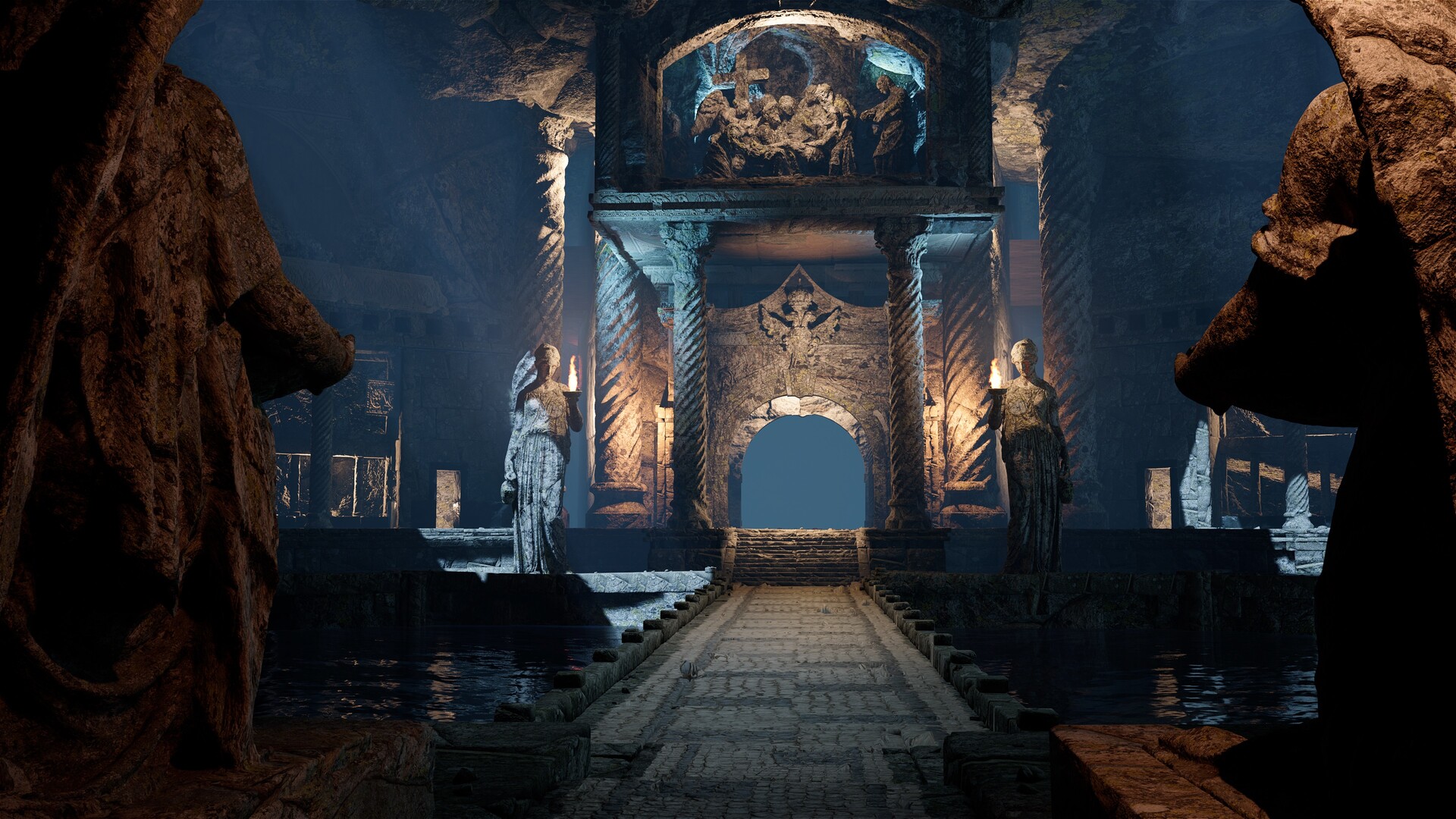

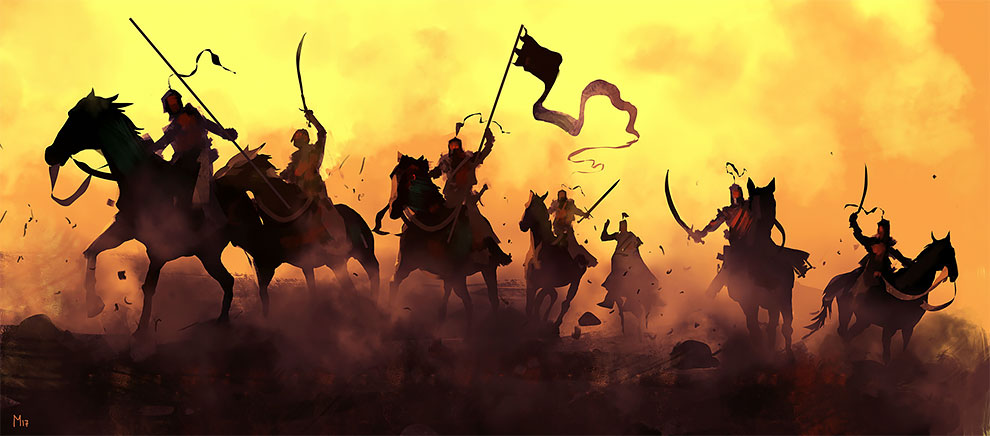

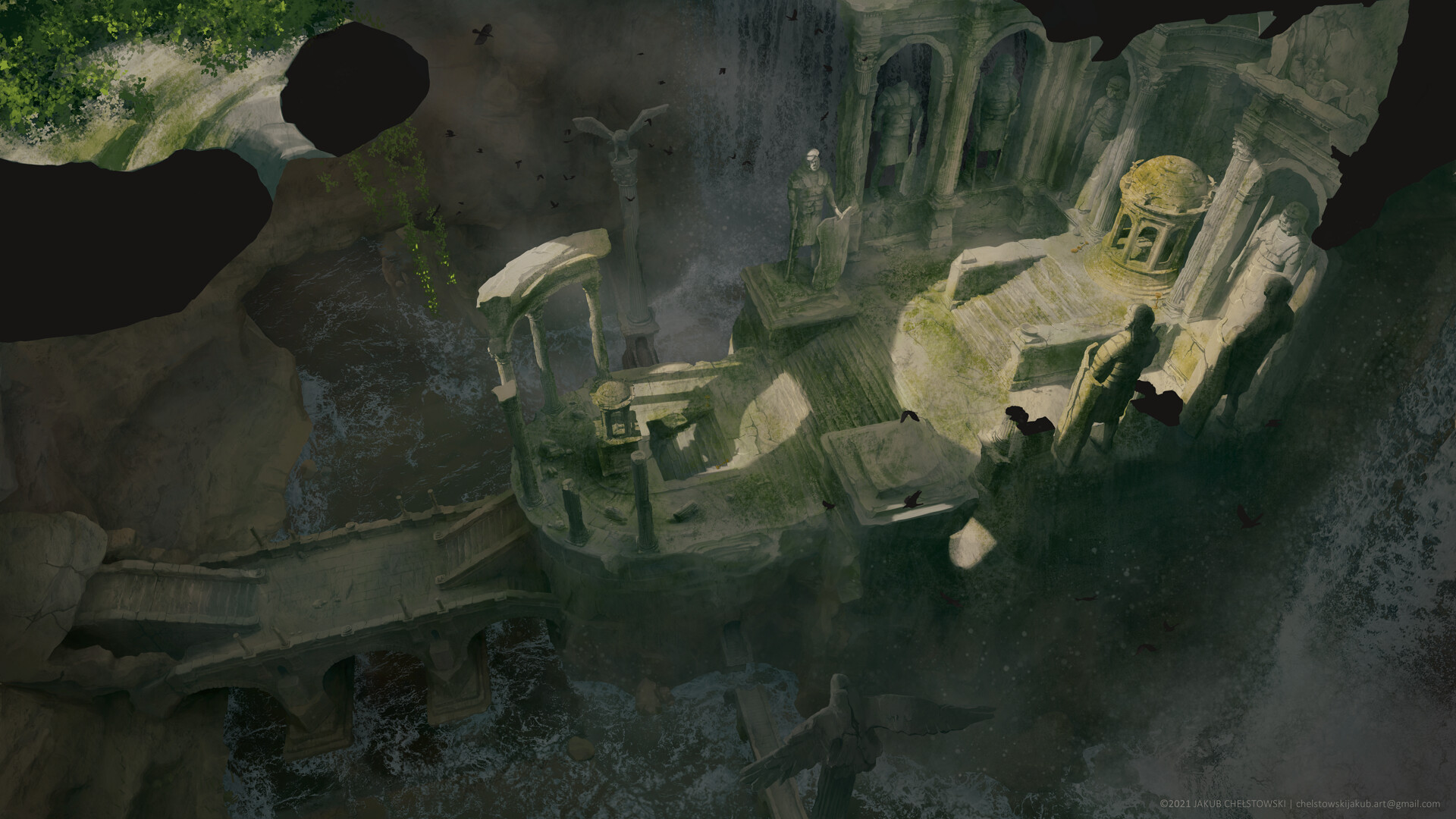

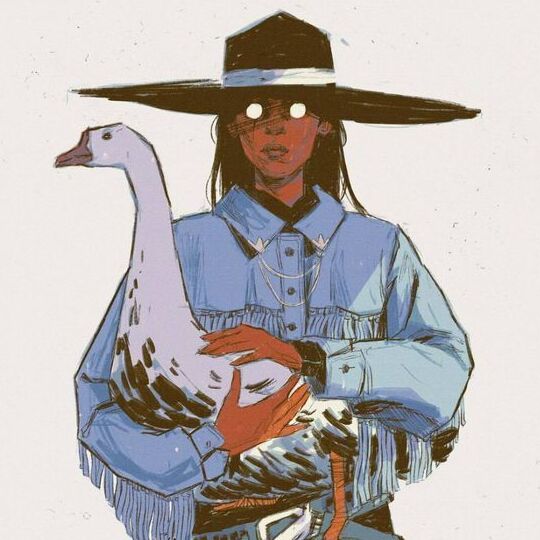
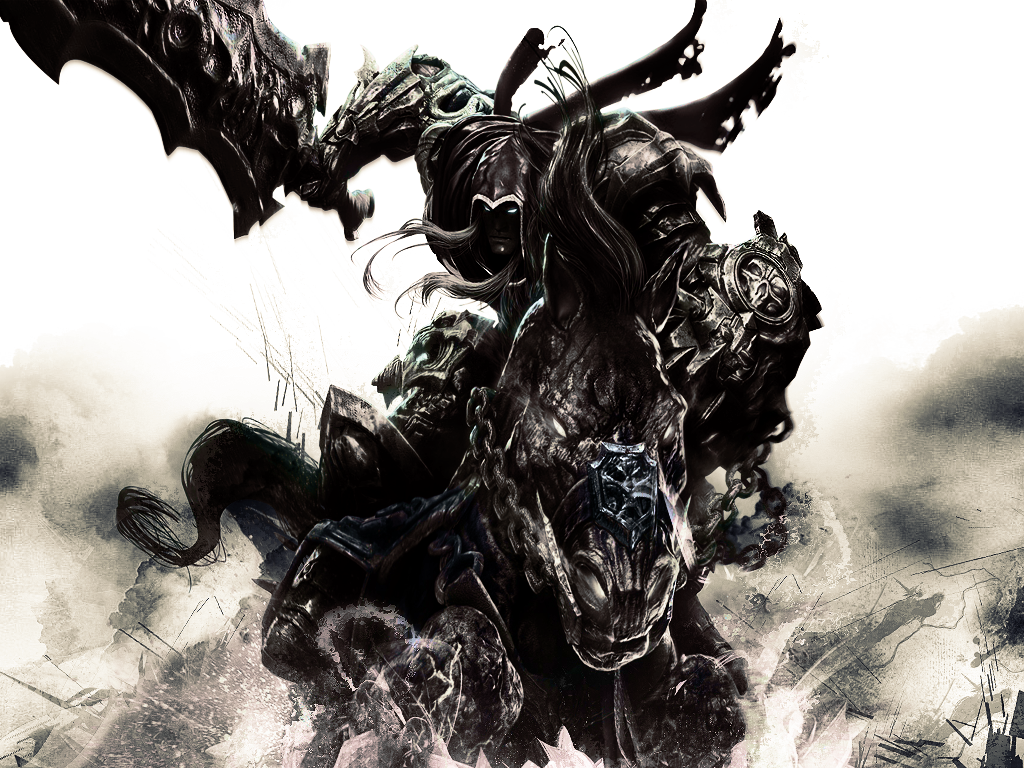

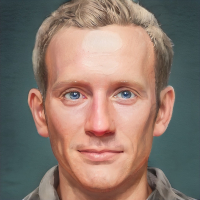
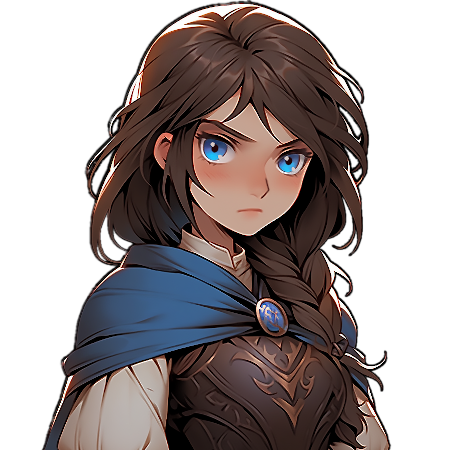
I Always enjoy reading your work. I like the images you use, the formatting page style, your writing style, Full of great information and Historical facts. Excellent. Aemon
Thank you very much. It is always a pleasure to read your comments.